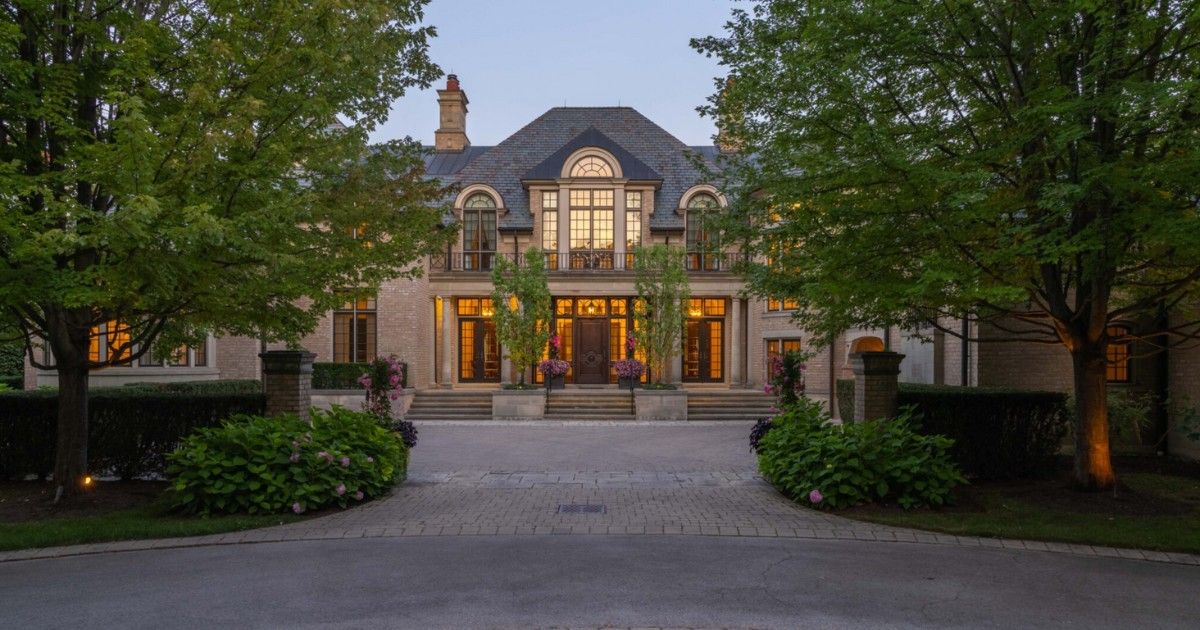Are you a savvy real estate owner that is only confused about one thing – environmental requirements? Did you use to think those are reserved for decommissioned gas stations, only to find out your sale or purchase of an existing and operational rental building is subject to intense environmental scrutiny?
With governmental legislation constantly switching thresholds, and lenders updating their requirements, it seems that everyone is feeling a bit overwhelmed and surprised when environmental problems they’ve never had to worry about lead to negotiation breakdowns.
As brokers selling apartment buildings in both Ontario and Quebec, we’ve seen it all, but this year it seems that every sale we manage has felt the burn of environmental issues.
What are environmental requirements for the sale of an apartment building? In a nutshell, lenders need to make sure that every commercial site (and rental buildings fall into this category) is being sold without hazards. Most sites are subject to scrutiny by more than one environmental body. Here are some of the items they look for:
- The water to the building must prove not to be contaminated beyond the threshold for human consumption.
- Underground oil tanks (some existing for over 100 years), which were permissible a few years ago if the grounds around them were deeded non-contaminated, are now subject to new rules and decommission.
- Backfill contamination on site is a no-go (construction material or garbage dumps being built upon) as this can be a cause of gas leakage/fire.
- Oil in the ground must be excavated and refilled with fresh soil.
- Certain bacteria thresholds have tightened.
- Reports that were fine two or three years ago may not meet the lender’s thresholds, the argument being that a neighbouring site may have contaminated the subject site.
How extensive will your environment study need to be? That depends on the site and the lender. Here are the reports generally available from the specialists and acceptable to the lenders:
- Phase 1 for historical – this reveals historical information on the site and its usage, based on which further testing is, or is not recommended.
- Phase 2 for bore holes – soil is sampled from underground to determine the area and depth of contamination; if tests do not come back “clean” further bore holes are performed to determine the extent of the contamination.
- Phase 3 – a more extensive Phase 2 to determine more precise areas of the contamination.
- Phase 4 – this is the rehabilitation stage, which generally does not take the site to “zero” contamination, but just to the level needed to meet various governmental regulations.
For sellers/owners:
Lenders (even at refinancing) will want an updated report. Even if there is an existing report from a few years ago, they will be worried about contamination that occurred in the time that has elapsed, or if the existing contamination meets new legislation. Getting these reports can take months and should be undertaken as soon as you decide to sell. Otherwise, the risk is losing the buyer when the most minute issue is found and an additional phase environmental is required (buyer can generally walk because the seller won’t be able to meet the offer deadlines – the environmental companies seem to work on their own clock). Costs for this work can vary widely. Doing this work ahead of time allows you to get quotes from various firms and do it cheaper, rather than rushing due to a live offer.
For buyers:
Bidding for sites where the vendor already has an updated report ensures an easy transition, no tie-up of your deposit and no deal falling through due to unpleasant environmental surprises. A seller that has invested time and money into obtaining a report, or who is in the process of getting one irrespective of your offer, is a serious seller. We dealt with a seller that tied up a buyer’s deposit for five months, then decided the cost for a Phase 4 was too expensive and tried to get the buyer to pay for half, arguing that the value of the building had increased in the five months since the offer was accepted! A very unpleasant experience for a patient buyer.
Fortunately, having worked on hundreds of files, we are able to make recommendations on a few companies that would be most appropriate depending on the size and location of the building. Do not assume that because the environmental company is big, or small, the job will be done better or faster. Start looking in advance and know that something almost always goes off the general plan as outlined in the contract.
In one of our buildings, a distinctive window was broken by accident. The environmental company was more than happy to pay to replace it, but it needed to be ordered off-shore and this delayed the payment by the vendor, which delayed the report from the environmental company…which, of course, delayed the sale. Fortunately that deal closed, but at the cost of unnecessary stress on the parties.
Ramona Ursu is a partner and broker at Baron Realty in Toronto. The firm specializes in matching buyers and sellers of apartment buildings. Send Ramona an email.














